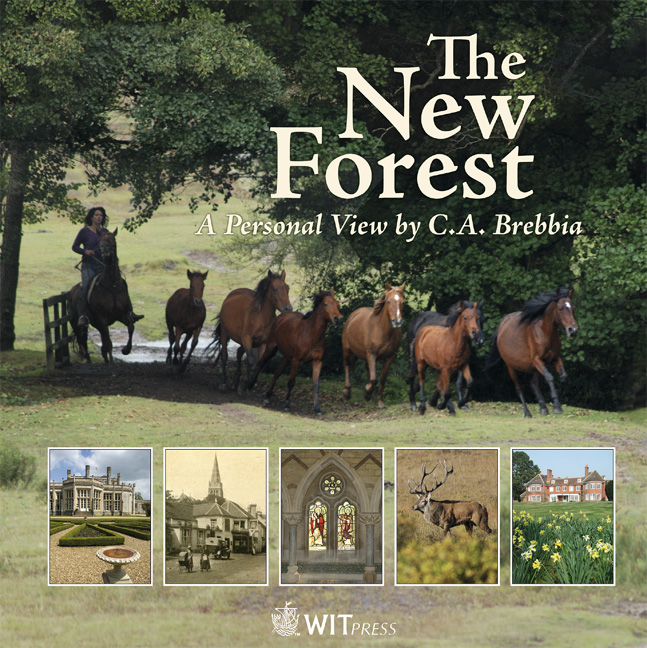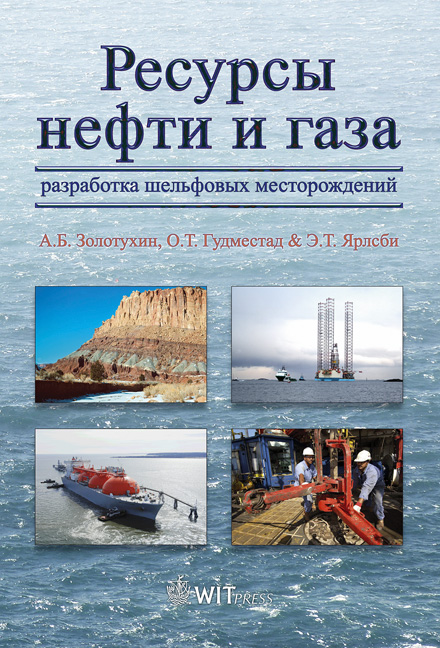The New Forest (2nd Edition)
A Personal View by C.A. Brebbia
Authors: C.A. Brebbia, Wessex Institute of Technology, UK
This book offers a personal view of the New Forest which stems from the author's many years of residence and research activities within the Forest. This has provided him with a deep appreciation of its unique rural charm and rich history.
In writing this book the author wishes to share with readers his own enjoyment of this special part of England. Its difference from many other national parks is that it is home to many people and this has given the Forest a more dynamic environment.
The New Forest has continued to develop and change over its ten centuries without losing its unique rural outlook. It has been a royal hunting ground, a source of timber to the nation, provided open space for grazing cattle, a source of minerals and charcoal, and more recently, a place dedicated to relaxation and leisure. In spite of these changes its character has remained remarkably unspoilt and many of its customs have survived to the present day.
This revised edition (the first edition was published in 1998), includes additional historical material, updates and many new photos.
When I first came to Southampton many years ago, I was immediately impressed by the beauty and history of the New Forest. Very different from many other national parks in Britain and other places around the world, the New Forest is home to a large number of people and this makes it a more dynamic environment.
Since the 11th century, the New Forest has continued to develop and change without losing its unique ambience. It has been a royal hunting ground, a source of timber to the nation, an area for grazing cattle, a producer of minerals and charcoal and, more recently, a place dedicated to leisure activities. The different uses of the Forest have generated numerous industries: since Roman times it has been renowned for its pottery and more, recently, industries as varied as shipbuilding and gunpowder manufacture have taken place in the Forest.
Because of the diversity of uses and ever-changing activities in the Forest, it did not appear to be a contradiction to establish an institute of advanced studies in the midst of the Forest, and we moved our development and research here in 1982, where the quiet and pleasant environment was conducive to our activities. It is indeed difficult to think of a better place for intellectual work and especially for research.
After having moved our Institute to Ashurst, I later realised my ambition of living in the Forest. Since then I have had the privilege of both living and working in the New Forest, which has led me to appreciate better its history and amenities.
I appreciate that in spite of my commitment I shall never become a true Forester, but I hope to help preserve the environment for future generations and in a modest way make a positive contribution to the New Forest, which has become a National Park in recognition of its unique value to the nation.
I have not attempted to discuss all parts of the Forest or all historical events in this book. It is mainly a personal view, highlighting places and stories that will be of interest to a wide audience.
I hope that the reader will enjoy my personal view of the New Forest.
Carlos A. Brebbia









